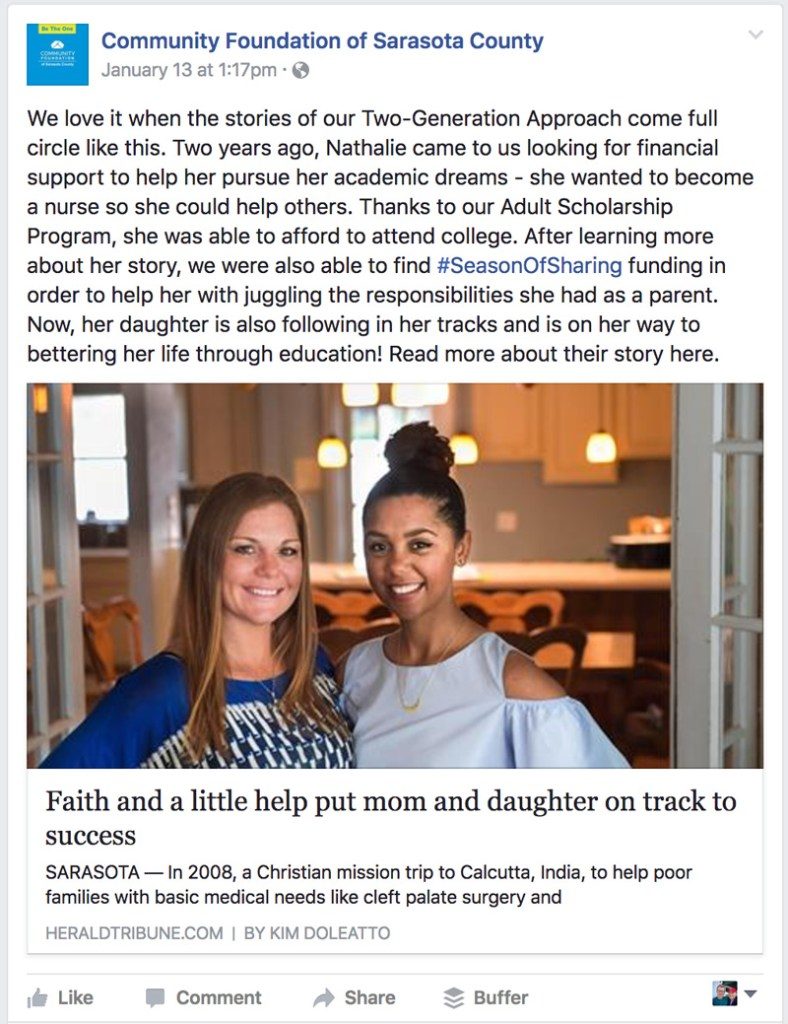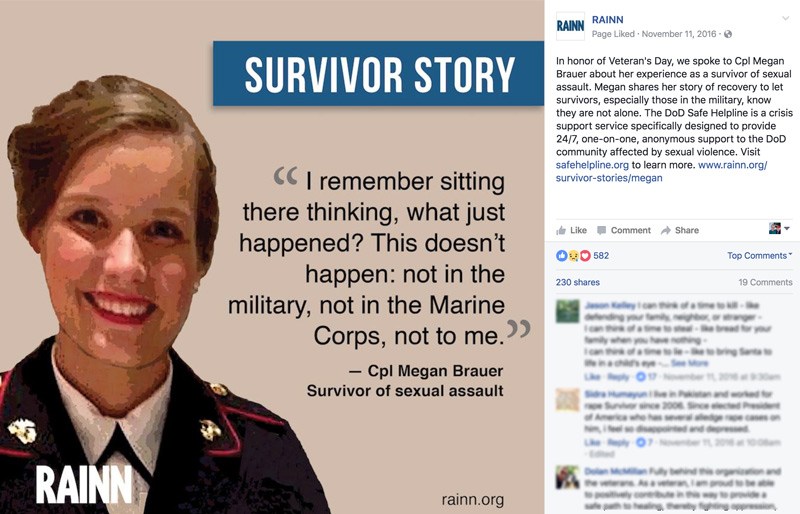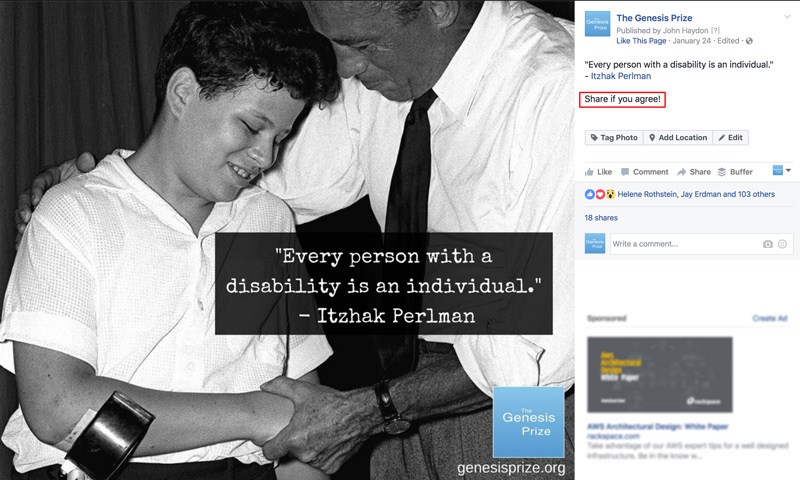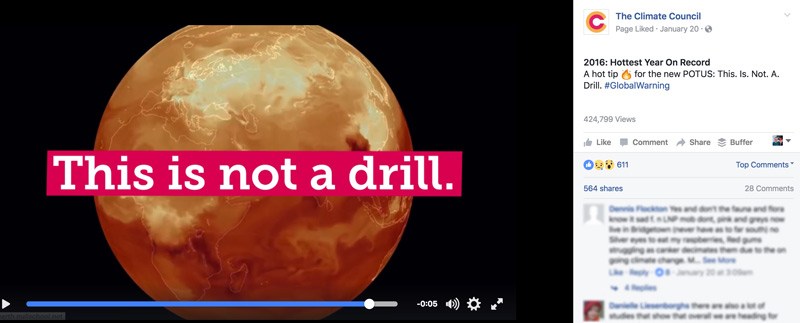
Whether told face-to-face with a major donor, in a thank you video, or in your fundraising emails, stories are the most powerful tool in your fundraising and marketing arsenal. That’s because human beings are hardwired for nonprofit storytelling.
We are, as a species, addicted to story. Even when the body goes to sleep, the mind stays up all night, telling itself stories
– Jonathan Gottschall, The Storytelling Animal
Stories act like a lock-and-key mechanism to get attention, ignite motivation, and invite action.
Nonprofit storytelling is the foundation of every successful marketing and fundraising campaign. But have you unknowingly rendered your stories ineffective?
Here are 5 big nonprofit storytelling mistakes you should avoid at all costs:
1. Bragging about your nonprofit
If you’re telling stories about how great your organization is, you’re doing it wrong. Supporters yearn for stories about people that are impacted by your cause. The against-all-odds cancer survivor, the tattered puppy who found her person.
And this example from the Community Foundation of Sarasota County:

2. No protagonist
You don’t have a story until you have a protagonist. The cancer survivor, the parent of an autistic child, the trans youth.
A single individual, not a group of people. A real person, not a scary trend or statistic.
Check out this example from RAINN:

The story isn’t about sexual assault in the military, it’s about Megan.
3. No problem
You don’t have a story until you have a problem. And you can’t raise money without a problem. Problems are the essence of every good story, from the crucifixion of Jesus to the destruction of Alderaan. Problems are page-turners.
Check out this example from Malala Fund:

4. No payoff
A good story invites donors to play a pivotal role – give clean water, feed hungry children, stand against injustice. Human beings are hard-wired to seek resolution in any story, and in fundraising stories, it’s the call-to-action.
A payoff can be as simple as asking people to share a story if they can relate, like in the following example from The Genesis Prize:

5. Jargon
Nonprofits seem to love jargon. But it creates a total disconnect with supporters. Use their words, and you’ll keep their attention.
I’m sure The Climate Council is all too familiar with climate change jargon. But to engage supporters, they communicate urgency using the language of their supporters:

Republished from JohnHaydon.com. John Haydon is one of the most sought-after digital marketing experts for nonprofits and charities. He has helped hundreds of nonprofits realize their best marketing and fundraising results

















 I can’t wait to meet with you personally.
I can’t wait to meet with you personally.
Comments on this entry are closed.